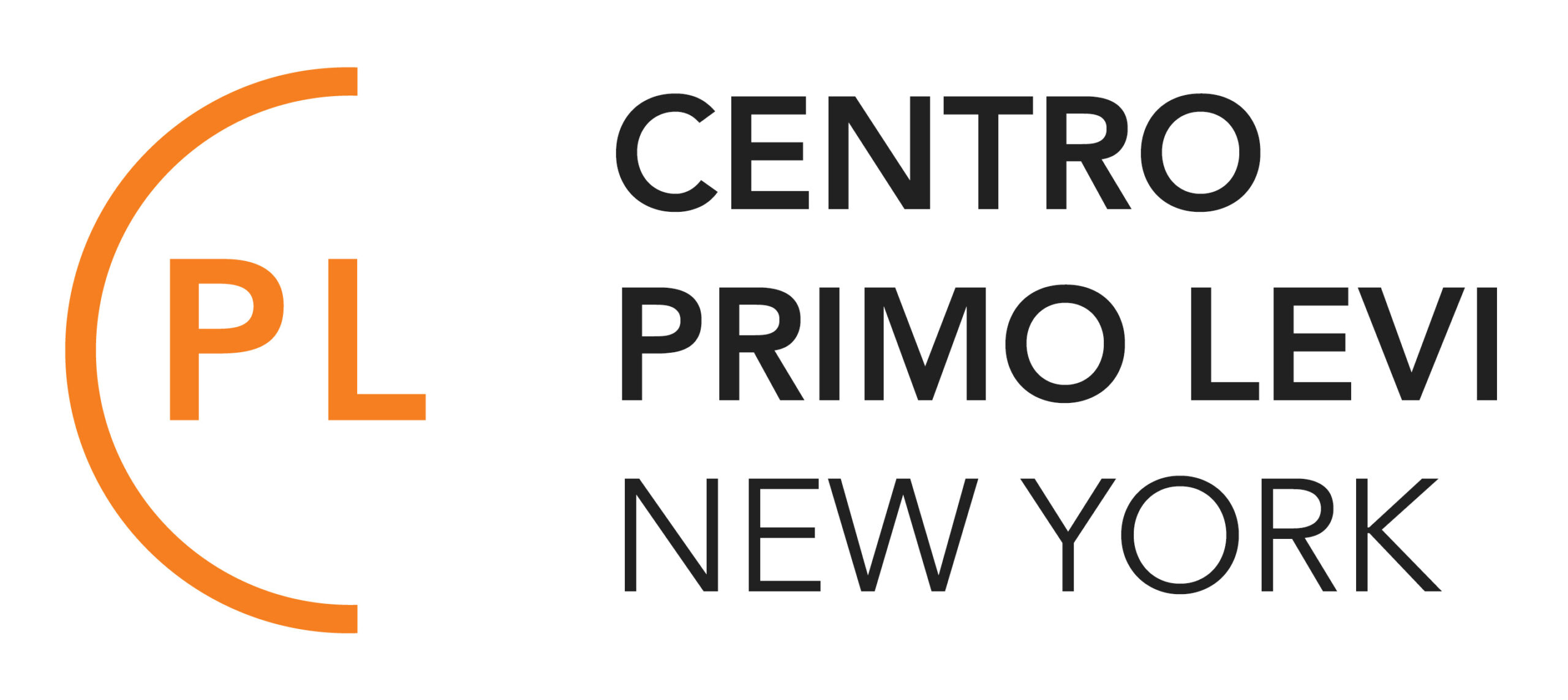Giuseppe Valadier’s Restoration of the Arch of Titus
19Nov6:30 pmGiuseppe Valadier’s Restoration of the Arch of Titus
Event Details
Gallery talk. Giuseppe Valadier’s Restoration of the Arch of Titus. Marina Caffiero, University of Rome La Sapienza. Free and open to the public. Reservations: romelab@primolevicenter.org Very little of what we see
Event Details
Gallery talk. Giuseppe Valadier’s Restoration of the Arch of Titus. Marina Caffiero, University of Rome La Sapienza.
Free and open to the public. Reservations: romelab@primolevicenter.org
Very little of what we see today of the Arch of Titus belongs to the original structure, as Stendhal put it “only a copy remains”. In medieval times, when the forum was already in complete decay, the monument was incorporated in the Frangipane Fortresse remaining barely visible to the public. It was not until the modern era that the Papal authorities decided to launch a plan of preservation and restoration of the city’s’ cultural heritage.
Rome had been sacked many times, by the Vandals, the Goths, the Saracenes, the Normans, the Lansquenetes and conquered briefly by Napoleon’s troops that established the Roman Republic between 1798 and 1799. Moreover, three earthqakes, the last in 1706, had severely damaged the Roman Forum.
Only towards the second half of the 18th century, on the thrust of J.J. Winckelmann’s work on Roman antiquities, a modern idea of urban preservation and archeological dig began to take shape originating early forms of urban planning under Pius VII. During this papacy the papal rituals in public spaces also changed considerably, particularly in relation to the Jews.
In 1801, Pius VII’s installation ceremony was reshaped anew. The traditional horse carrying the pontiff, was replaced with a carriage and the parade’s point of departure was moved from St. Peter to the Quirinale hill. The stations of the Capitoline Hill and the Arch of Titus were eliminated and so was the ceremony of presentation of the scroll of the law that the Jews had performed in the previous centuries. These major transformations occurred in the climate of anti-Judaism of the Papal Restoration and following the ferments of emancipation initiated thoughout Europe by the French Revolution.
In 1802, the pope issued a first preservation law and appointed Antonio Canova as Head of Roman Cultural Heritage.
The restoration of the Forum, began with the return of power in papal hands and included all Flavian monuments. It bagan with the Coliseum and was untrusted to Raffaele Stern (1774-1820) and Giuseppe Valadier (1762-1839) whose held various important positions in the Vatican administration. In 1818, Stern began the restoration of the Arch of Titus which was completed in 1824 by Valadier.
In 1821, Valadier described his ideas on restoration in “The Artistic narrative of the work so far done in the re-establishment of the Arch of Titus,” which was read at the Roman Academy of Archeology.
About
Marina Caffiero is Full Professor of Early Modern History at the University of Rome “La Sapienza”, Department of History, Cultures, and Religions. Her research interests include: 1) religious and cultural history in Italy and Europe, 16th to 19th centuries (Inquisition and conversions); 2) social history of Jewish and Islamic minorities; 3) gender history and women’s writings in Early Modern Europe. Publications: 11 monographs; about 200 essays in Italian and foreign journals, in Italian and foreign languages;10 volumes edited. One of her books, Battesimi forzati. Storie di ebrei, cristiani e convertiti nella Roma dei papi, Roma, Viella, 2004 e 2009, was translated and published in in the US: Forced Baptism. Histories of Jews, Christians and Converts in Papal Rome, California University Press, 2011, and now in France, Honoré Champion, 2017. The book Legami pericolosi. Ebrei e cristiani tra eresia, stregoneria e libri proibiti, Einaudi 2012, is being translated in the US. The book Storia degli ebrei nell’Italia moderna. Dal Rinascimento alla Restaurazione, Roma, Carocci 2014, 2015 and 2017, won the National Prize of Culture Benedetto Croce 2015. It is being translated in the US and in France.
She has been the coordinator of the PhD course “History, Anthropology Religions” at the University of Rome “La Sapienza”. She is the founder and the editor of the book series “Sources for Women’s History” (Viella, Rome) which published 15 volumes until now, and the founder and the editor of the book series “Religioni Frontiere Contaminazioni” (Edizioni di Storia e Letteratura, Roma) and “Alterità” (New Digital Press, Palermo). She attended and organized several national and international conferences. She was “professeur invité” at the École des Hautes Études en Sciences Sociales of Marseille and Paris. She is director or member of editorial board of several scientific journals. She is the founder and director of the scientific web-journal “Giornale di Storia moderna e contemporanea” (www.giornaledistoria.net).
Time
November 19, 2017 6:30 pm(GMT+00:00)
Location
Center for Jewish History
